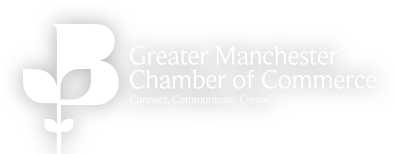
In the business landscape, acquisition strategies have emerged as a pivotal tool for companies to increase their global presence. At its core, an acquisition strategy for international growth involves purchasing existing businesses in foreign markets to expand a company's global footprint. This approach contrasts to organic growth, where a company builds its presence from the ground up in a new market. Acquisitions can take various forms, ranging from full buyouts to majority stakes, joint ventures, or even targeted asset acquisitions. Each of these approaches offers different levels of control, risk, and potential for rapid market entry.
The strength of an acquisition strategy lies in its versatility and speed of execution. A full buyout, for instance, provides complete control over the acquired company, allowing for seamless integration of operations and culture. This is particularly advantageous when a company seeks to align the acquired business closely with its existing operations and strategic goals. On the other hand, a joint venture may be more appropriate when local expertise is crucial, or when regulatory environments favour partnerships with domestic entities. The choice depends on the acquiring company's goals, resources, and the specific characteristics of the target market.
Unlike organic growth – which can take years to establish a foothold in a new market – acquisitions allow companies to quickly gain access to established customer bases, distribution networks, and market knowledge. This rapid expansion can be particularly beneficial in industries where time-to-market is critical and competition is fierce. As highlighted in recent analyses, mergers and acquisitions (M&A) have become increasingly common as companies compete in consolidated industries dominated by a few major players.
Moreover, acquisitions can provide companies with valuable assets such as intellectual property, technology, and skilled personnel, which might be difficult or time-consuming to develop internally. For instance, acquiring a company with advanced technology can give a firm a competitive edge and accelerate its innovation capabilities. Similarly, gaining access to a talented workforce can help to address skill shortages and enhance operational efficiency.
Executing a successful acquisition strategy requires careful planning and due diligence. Companies must thoroughly assess potential targets to ensure alignment with their strategic objectives and the cultural fit between the organisations. This involves conducting comprehensive financial and operational analyses to identify potential risks and synergies. Additionally, a well-defined integration plan is crucial to ensure a smooth transition and maximise the value of the acquisition.
Despite the complexities involved, acquisitions remain a powerful tool for companies looking to expand internationally. They offer a strategic pathway to growth, enabling firms to overcome barriers to entry, diversify their product offerings, and enhance their global competitiveness. As businesses navigate the challenges of an ever-evolving global market, acquisitions will continue to play a role in shaping their success and driving sustainable growth. With the right approach, companies who leverage acquisitions can not only expand their market share but also fortify their position in an increasingly competitive landscape.
Source: This article was written by Jonny Parkinson j.parkinson@marktlink.com, Managing partner at Marktlink North West based out of Manchester. Marktlink is an internationally operating M&A boutique supporting owner-managers of SMEs with the purchase or sale of a company.

